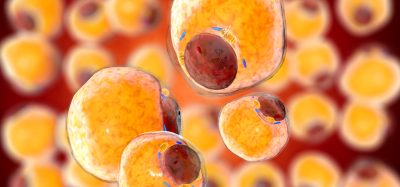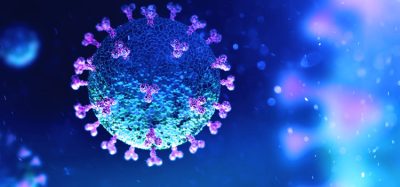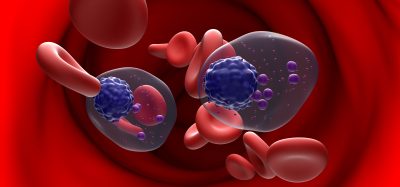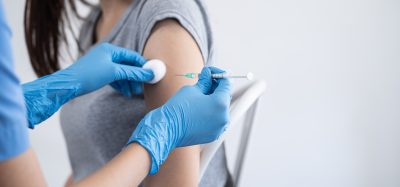What happens to skin cells when they are confronted with blood?
Posted: 13 September 2018 | Drug Target Review | No comments yet
Researchers have performed experiments on blood-deprived cells that were subsequently exposed to blood serum, revealing new insights into the mechanisms of wound healing…
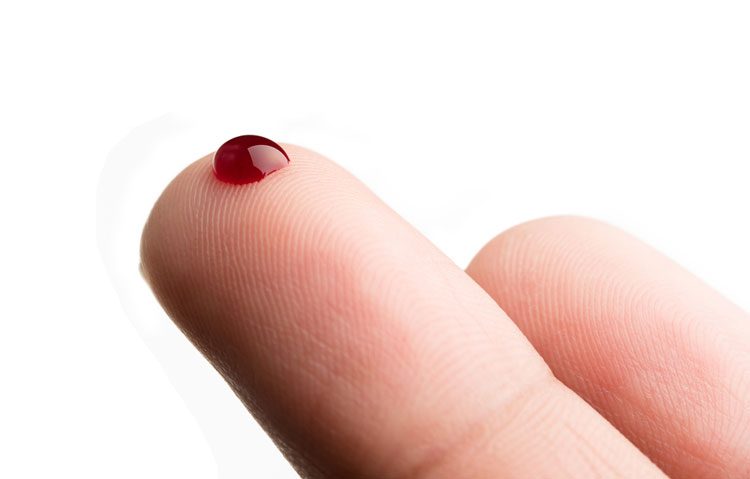

A team of researchers from Oslo University Hospital, led by Emma Lång and Stig Ove Bøe, performed experiments on blood-deprived cells that were subsequently exposed to blood serum. Remarkably, all the cells started to move and grow in the same direction as soon as the blood serum was added. Assistant Professor Liesbeth Janssen and master student Marijke Valk from Eindhoven University of Technology (TU/e) developed a matching simulation model, revealing new insights into the mechanisms of wound healing.
A person encounters approximately 10.000 injuries during a normal lifespan, ranging from small cuts to traumatic injuries and surgery. In most cases, wounds are miraculously repaired, but in some cases, the healing process is defective and leads to chronic wounds. This is commonly associated with ageing and certain pathologies such as diabetes and obesity.
It is well established that blood plays an important role in wound healing, and various molecular components in the blood are known to trigger tissue repair processes after injury. The authors investigate what happens when dormant skin cells are brought into contact with blood when no wound is present. They find that the blood serum induces spontaneous movement (migration) and growth (proliferation) of cells–two processes that are important in wound healing. Furthermore, they demonstrate that the cell divisions are polarised and aligned with the direction of cell migration, a new insight that may potentially be relevant in tissue repair. The study shows that the presence of blood serum is sufficient to activate dormant skin cells into a migratory and proliferative state and that a wound edge–previously believed to trigger cell migration and growth–is not necessarily required.
The team subsequently studied how the movement and growth of cells are affected by the connectivity between cells. Interestingly, they saw that disconnected cells undergo only random individual motion, but that strong cell-cell connectivities lead to much more pronounced collective and coordinated cell migration, spanning distances of micro- and even millimetre length scales.
To understand this phenomenon, Marijke Valk and Prof Janssen developed a numerical simulation model that mimics the shape and movement of the cells both in the presence and absence of blood. In their model, blood-derived cells remain in a quiescent state, while the addition of blood activates cells to undergo spontaneous motion. The simulations indicate that enhanced cell-cell connectivity causes cells to align more strongly with their neighbours, ultimately giving rise to the large-scale collective motion observed in experiments.
It is known that inflammation and increased blood flow to a wound site can be activated without having an open wound, for example by bruising. The scientists involved think their results may be relevant in this field. “One may speculate, based on our data, that cell migration is also activated in these situations”, says Professor Bøe. “We may also speculate that our skin cells are much more active and dynamic than previously thought and that blood-regulated skin dynamics occurs in many different situations.”
“The next step now is to understand why the presence of blood triggers the active forces inside the cells, and why the cells divide asymmetrically in the direction of cell migration”, says Prof Janssen.
The study has been published in the Nature Communications.
Related topics
Immunology, Therapeutics
Related conditions
wound healing
Related organisations
Eindhoven University of Technology (TU/e), Oslo University Hospital
Related people
Assistant Professor Liesbeth Janssen, Emma Lång, Marijke Valk, Stig Ove Bøe




